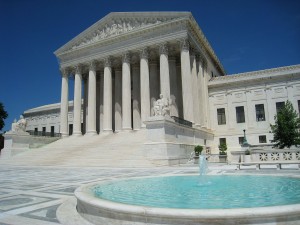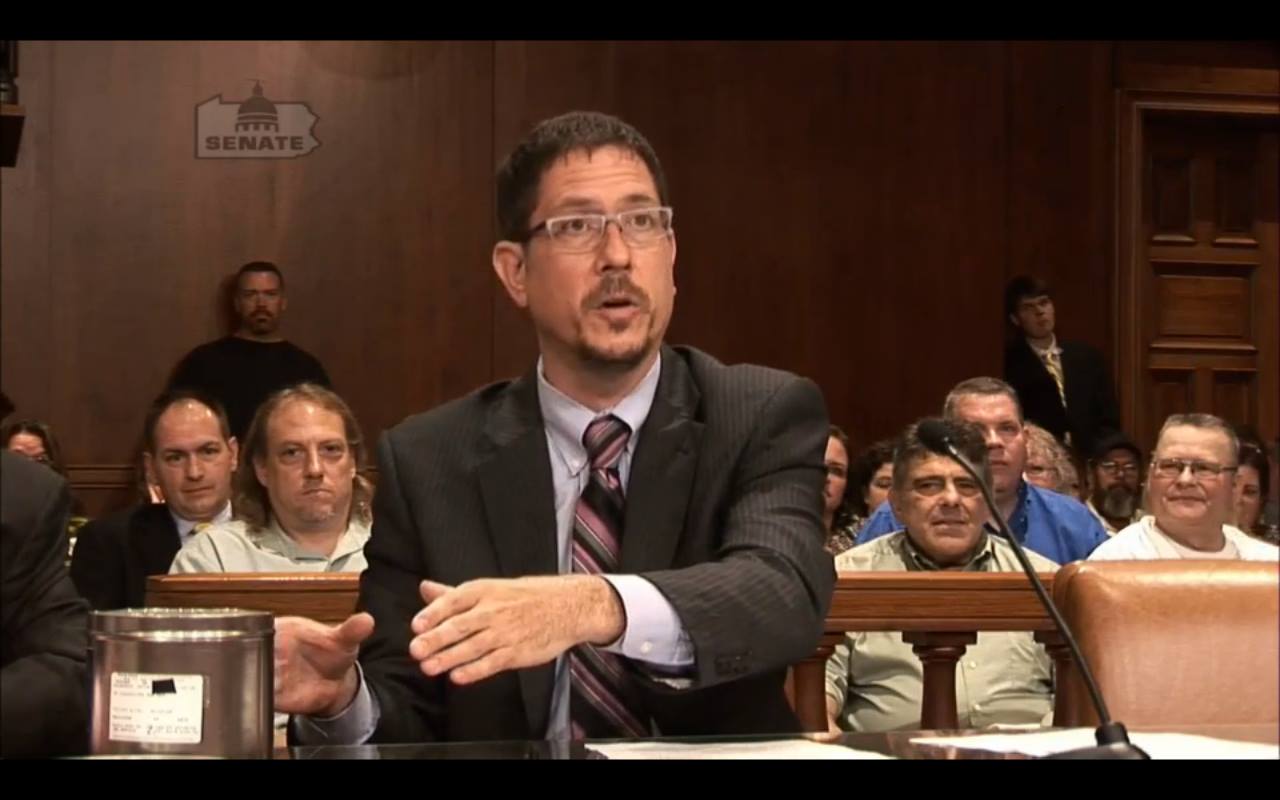Demystifying the Refine of Federal Appeals: What You Need to Know
Navigating the intricate world of government allures can frequently appear like going across uncharted waters for those not familiar with the process. Comprehending the nuances of appellate court jurisdiction, the details of filing a notice of appeal, offering an engaging brief, and making a persuasive dental argument are important components that can substantially influence the outcome of an instance. By unwinding the layers of intricacy bordering federal charms, individuals can get a clearer insight into the mechanisms that govern this critical point of the legal system.
Understanding Federal Appeals Process
Exploring the detailed world of the government charms process unveils a structured and methodical trip with the judicial system - top nebraska federal appeals lawyers. Federal appeals work as a crucial mechanism for assessing choices made by reduced courts. Understanding this procedure is essential for any individual associated with lawful proceedings at the federal degree
The procedure generally begins with a party dissatisfied with a reduced court's ruling filing a notice of allure. This sets off a review by a higher court, where a panel of courts evaluates the legal disagreements offered by both parties. Briefs detailing the legal reasoning behind each celebration's placement are submitted, and dental debates may be heard to clear up complex problems.
The appellate court's decision is based on a comprehensive exam of the lower court's procedures and the disagreements offered. As soon as the appellate court gets to a choice, it can verify, reverse, remand, or customize the reduced court's judgment, providing quality and finality to the lawful disagreement.
Appellate Court Jurisdiction Explained

Appellate courts have jurisdiction over details kinds of cases, commonly those including legal errors, procedural issues, or questions of legislation rather than accurate conflicts. The territory of appellate courts is generally laid out in statutes and laws that govern the court system. Understanding appellate court territory is crucial for celebrations associated with the appeals process as it figures out whether an instance is eligible for review and the degree to which the appellate court can intervene in the lower court's decision.
Filing a Notification of Charm
The first action in commencing the federal allures process includes filing a Notification of Allure with the suitable appellate court. federal securities fraud appeal attorneys. This important document formally alerts the court and the other parties included in the situation that the appealing celebration means to seek an evaluation of the lower court's choice. Submitting a Notice of Charm is a stringent step-by-step need that establishes the appellate process moving
When preparing the Notice of Charm, it is vital to guarantee compliance with the certain guidelines and standards of the relevant appellate court. The record needs to normally consist of information such as the situation name, the lower court's name, the day of the judgment being appealed, and a succinct statement showing the grounds for the allure.
Timeliness is important when submitting a Notice of Charm. Missing out on the due date for sending this paper can lead to the charm being rejected, underscoring the relevance of accurate and punctual initiation of the charms procedure. It is recommended to look for lawful advice to navigate the complexities of submitting a Notice of Appeal successfully.
Briefing and Oral Argument
In the appellate process, offering composed briefs and participating in dental debates play pivotal functions in supporting for the appealing celebration's setting before the appellate court. Briefs are extensive legal records that describe the parties' arguments, legal authorities, and analysis sustaining their settings. These created submissions provide the court with a detailed understanding of the facts of the situation, the pertinent law, and why the appealing party thinks the reduced court's choice ought to be rescinded.
Complying with the entry and review of the briefs, oral debates use the events an opportunity to more clarify their settings, attend to any kind of questions the appellate courts may have, and highlight vital factors from their created briefs. Dental debates are a chance for the attorneys to encourage the courts through verbal advocacy and actions to inquiries from the bench.

Getting the Appellate Court Choice

Conclusion
Finally, the federal appeals procedure is a complex but crucial step in seeking justice. Recognizing the appellate court territory, filing a notification of appeal, preparing briefs, and offering dental arguments are all essential components of this procedure. Inevitably, obtaining the appellate court decision can provide clearness and resolution to lawful disputes. It is crucial to navigate the government charms procedure with persistance and attention to detail to accomplish a reasonable result.
As we proceed from comprehending the government allures procedure to studying the intricacies of appellate court jurisdiction, a fundamental facet comes to light relating to the authority and restrictions of these greater courts in the lawful landscape. Appellate court jurisdiction refers to the range of situations that a particular appellate court has the power to decide and examine upon. Unlike test courts that hear cases for the very first time, appellate courts are restricted to evaluating choices made by lower courts. Understanding appellate court jurisdiction is important for events involved in the charms procedure as it identifies whether an instance is eligible for testimonial and the extent to which the appellate look at this now court can intervene in the reduced court's choice.
Whether the appellate court attests, reverses, or remands the reduced court's decision, comprehending the ramifications of the judgment is vital for all parties involved in the appellate procedure.